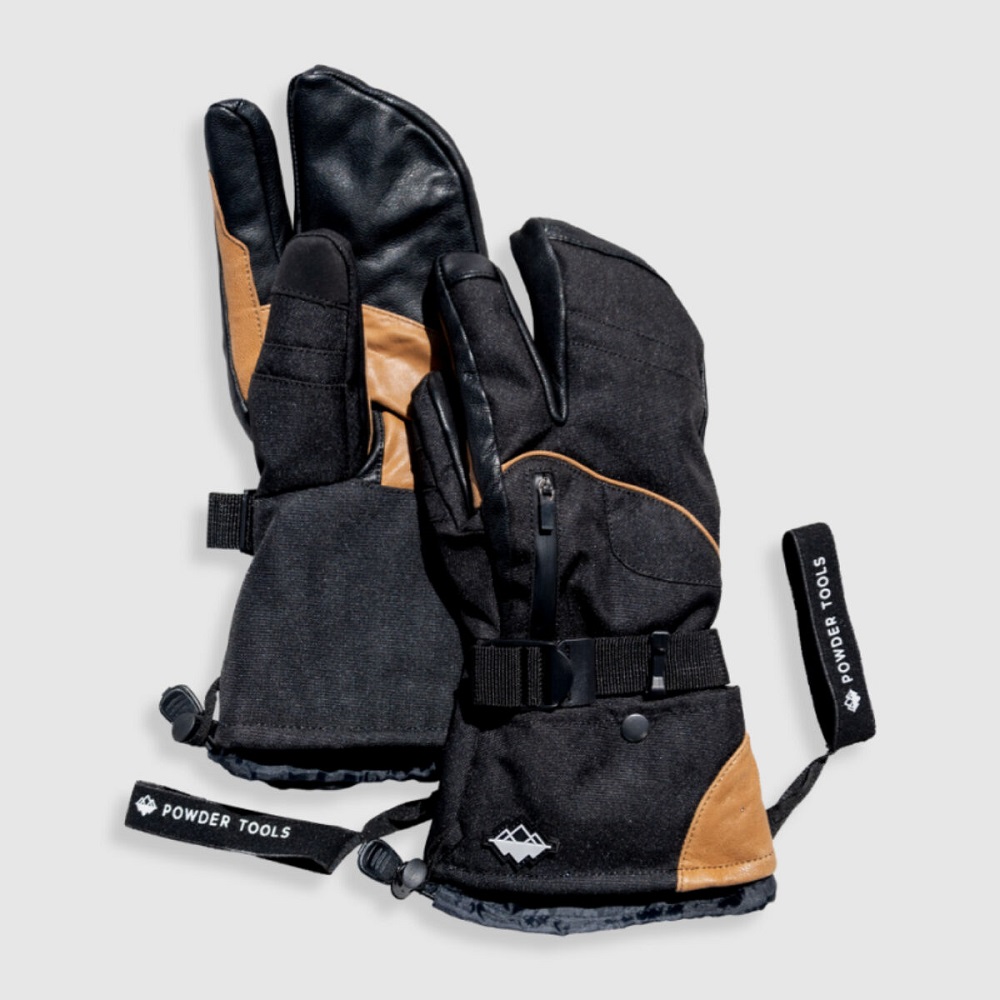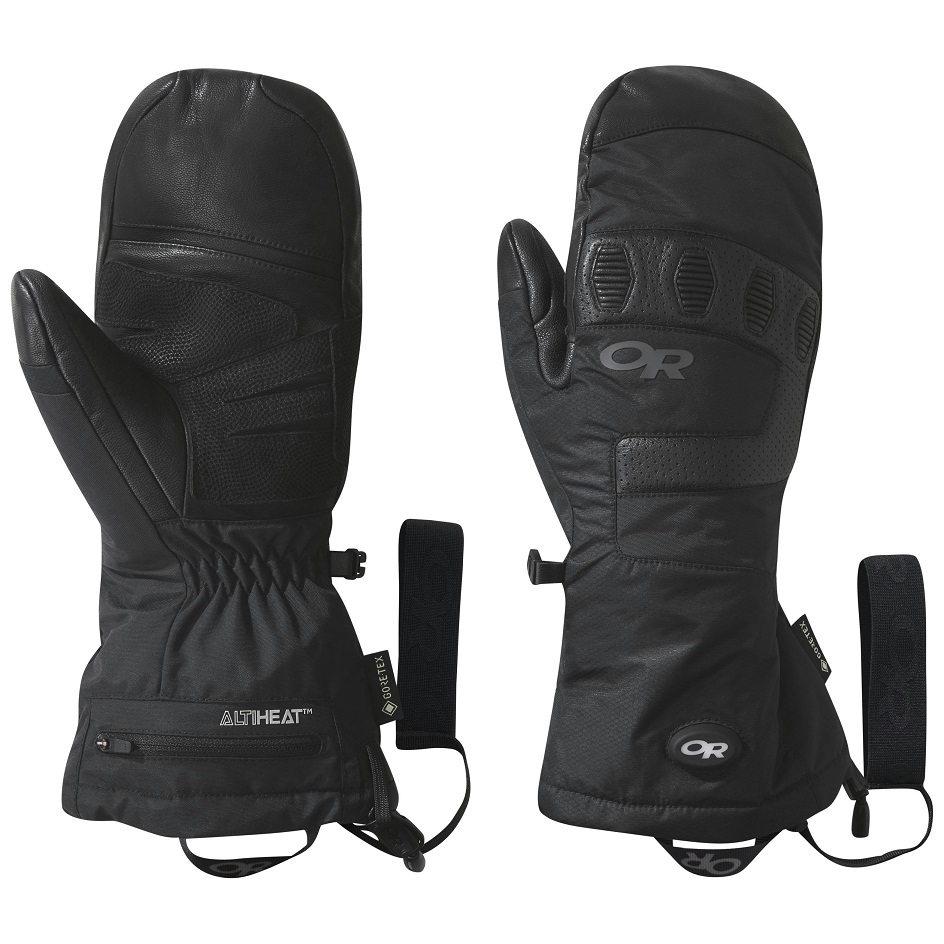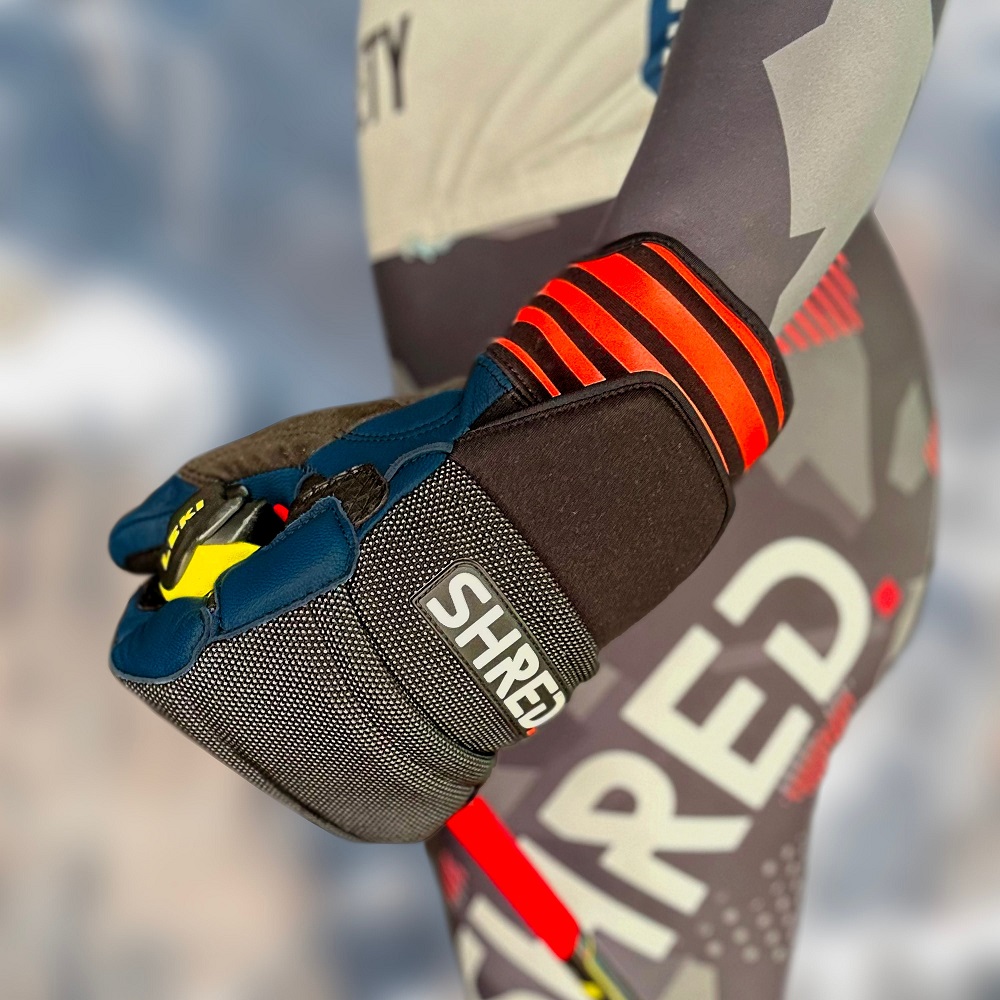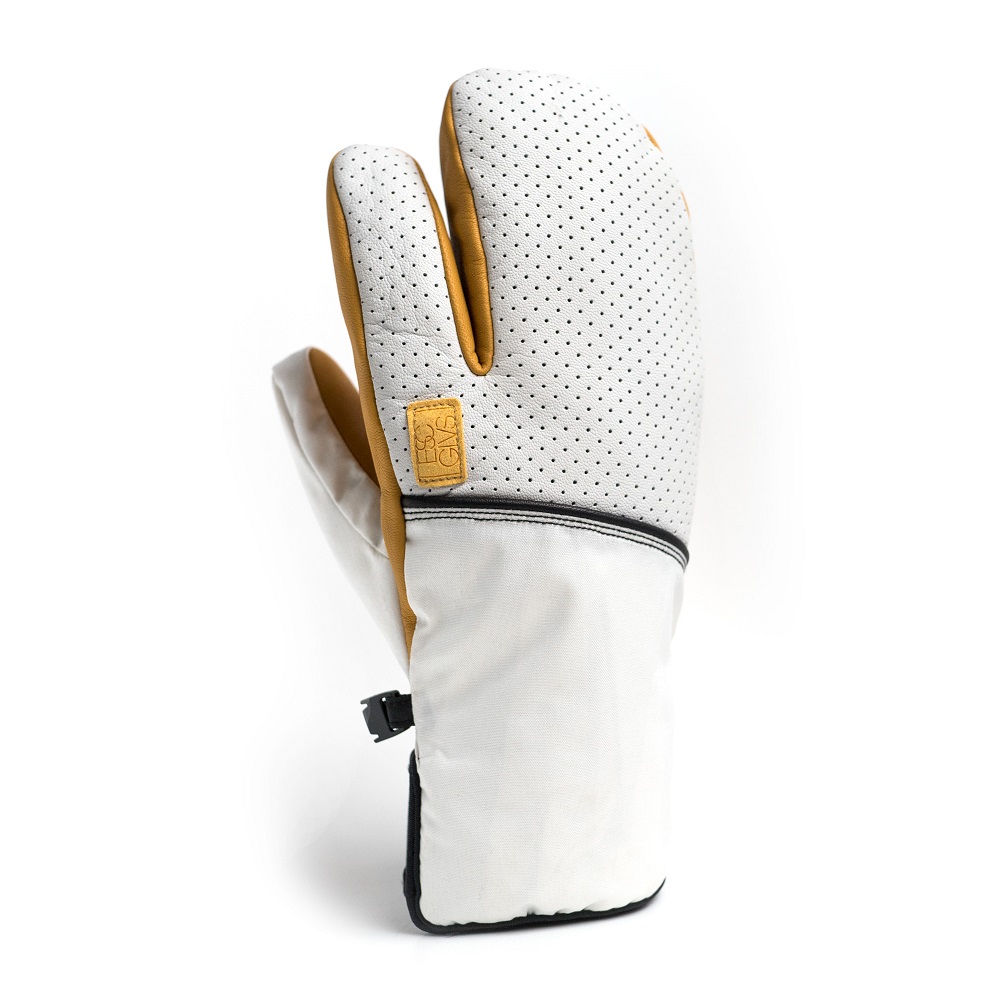When the cold weather arrives, the choice between mittens and gloves becomes crucial. Both serve to keep our hands warm, but they do so in different ways. Understanding the characteristics of each can help you make the best decision based on your needs. This article will explore the pros and cons of mittens and gloves in various aspects including warmth, dexterity, style, and use cases.
Understanding Mittens and Gloves
What are Mittens?
Mittens are hand coverings that consist of a section for the thumb and another section for the other four fingers. Typically, this design keeps the fingers together, generating warmth through shared body heat. The simplicity of mittens allows for a greater surface area, which can make them incredibly warm. Materials like wool, fleece, and insulated fabrics are commonly used to make mittens, ensuring they provide effective heat retention.
Mittens have a long history. They have been used for centuries, evolving across different cultures and climates. Their design allows for quick wear and removal, which is an advantage in cold weather. Additionally, many mittens now come with waterproof materials and breathable linings, providing protection against wet conditions while still offering comfort.
What are Gloves?
Gloves, on the other hand, feature separate sections for each finger, including the thumb. This design allows for a pint of dexterity that mittens simply cannot match. Whether you need to grip a steering wheel, text on a phone, or tie your shoes, gloves provide that crucial finger independence. This capability makes gloves especially appealing for activities that require a level of fine motor skills.
Gloves come in various styles and materials as well. Leather, for instance, offers durability and protection while fabric gloves may be lighter and more breathable. Some gloves are even equipped with touchscreen technology, allowing users to operate their devices without taking them off. This versatility has made gloves immensely popular in today’s fast-paced world, where convenience is key.
Warmth Comparison
How Mittens Keep You Warm
Mittens are famous for their warmth. The design keeps the fingers snugly together, allowing for shared warmth which can be remarkably effective in extreme cold. When your fingers are close together, the heat produced by one can easily radiate to the others. This characteristic makes mittens ideal for cold climates where temperatures drop significantly.
Many mittens come with additional features aimed at enhancing warmth. Insulation layers are often added, and some models include waterproof materials. This means you can wear mittens in snowfall or rain without worrying too much about moisture. For people who struggle with cold hands, mittens can be a lifesaver. They keep the entire hand warm, creating a cocoon of heat.
Even when using mittens, there are ways to increase warmth. Layering can be an option. You can wear thin glove liners beneath mittens to create another layer of insulation. This setup allows for moisture management while still retaining the incredible warmth mittens provide.
How Gloves Offer Less Warmth
In contrast, gloves offer less warmth. Each finger has its own separate compartment, which can limit the amount of heat transferred between them. The individual sections make it easier for cold air to seep in, reducing overall warmth. This factor can be a drawback if you’re spending extended periods outside in freezing conditions.
While insulated gloves do exist, they may not be as warm as mittens because of their design. The use of materials is crucial here. Gloves made of thin fabrics will cause your hands to feel cold much faster than a well-insulated pair of mittens. For people who prioritize warmth above everything else, this can be a significant consideration.
However, gloves offer alternatives that can keep hands warm without sacrificing entirely on dexterity. Some gloves have wrist-length designs that fit under jackets, reducing the chance of cold air entering. Others come with built-in hand warmers or are made from thermal materials. These features can make them a suitable option, especially for activities like skiing or snowboarding.
Dexterity and Functionality
The Dexterity of Gloves
One of the biggest advantages of gloves is dexterity. Having each finger independent increases movement and makes it much easier to do tasks. For anyone needing to grip items or operate small tools, gloves are the better choice. They allow your fingers to move individually, enabling a level of control that mittens can’t offer.
For example, if you’re outdoor skiing and need to adjust your gear, it’s much easier to do so with gloves. You can easily tuck in a strap, or pull up your goggles without fumbling. The dexterity increases comfort and safety while navigating outdoor environments. Whether you’re clicking your car keys or taking a photo, gloves facilitate a higher level of interaction with your surroundings.
Moreover, gloves come in various functionalities tailored to different activities. Touchscreen gloves, for instance, are growing in popularity. They allow you to use your smartphone or tablet without removing them. This feature can be a game-changer in an age where we rely heavily on technology. Wet or cold weather won’t stifle your connectivity.
Limited Dexterity with Mittens
When it comes to dexterity, mittens fall short. They simply can’t compete with gloves in this aspect. With the fingers bundled together, performing intricate tasks becomes a challenge. Holding small items or manipulating gadgets becomes clumsy. If you plan on engaging in activities that involve a lot of hand movements, mittens may not serve your needs well.
For hobbies such as photography, cooking, or even playing a musical instrument, mittens pose a significant obstacle. The lack of finger mobility can be frustrating. It can also force you to take your mittens off frequently, which means exposing your hands to cold air. This defeats the very purpose of wearing them in the first place.
However, mittens can still be functional in certain contexts. If you are spending a relaxed day outside, perhaps enjoying a bonfire or watching snow fall, mittens may work perfectly. You can stay warm while engaging in light activities. When moving from one environment to another, quick tasks like sipping hot cocoa may not require the finesse gloves offer.
Style and Fashion Choices
The Aesthetics of Mittens
Mittens come in a variety of designs and styles. They can be knitted, made from fleece, or have waterproof exteriors. This variety allows for personalization and style. Many people choose mittens that express their individuality. They can come in bright colors, fun patterns, or even unique textures.
Over time, mittens have made a comeback as trendy winter apparel. Functionality doesn’t have to compromise style. Many designers are crafting mittens that combine fashion and warmth. High-end brands are creating mittens with elegant looks, often using luxurious materials like cashmere or specialized fabrics that look great while keeping you warm.
Moreover, mittens can complement winter outfits beautifully. A well-chosen pair of mittens can enhance the overall appearance of your winter gear, drawing attention in a fashionable way. Whether you’re dressed for a day of skiing, a casual outing, or a festive get-together, mittens can be a stylish addition.
In practical scenarios, warm and stylish mittens can serve as a significant accessory. They can enhance your outfit in ways gloves might not. The aesthetics of mittens can truly elevate a winter look and can even be a conversation starter.
The Versatility of Gloves in Fashion
Gloves also come with their own set of styles and designs. They can range from practical everyday wear to high-fashion pieces meant for runways. Leather gloves, for example, add a touch of sophistication. They can elevate a simple coat into a chic ensemble. Various styles from fingerless to thermal-lined options cater to different preferences.
Athletic gloves are designed with function and style in mind. Brands often produce colorful designs aimed at outdoor enthusiasts. These gloves sport functionalities like breathable materials while still looking trendy. You can find pairs that match your ski gear or that complement your running outfit.
Additionally, gloves can be personalized as well. Individuals can choose colors, textures, or even custom patterns, much like mittens. They are increasingly becoming a statement piece. People are becoming more fashion-conscious about winter gear, choosing items that reflect their unique styles.
Also, gloves don’t just serve a practical purpose. They can be part of your fashion identity. Whether you’re wearing a chic coat or a rugged winter jacket, gloves can accentuate or complete your look, adding an effortless flair to your overall appearance.
Use Cases in Different Activities
Ideal Activities for Mittens
Mittens are perfect for enjoying simple winter joys. For instance, if you’re going for a snowball fight or making a snowman, mittens can keep your hands warm. The warmth factor is more essential when you know you’ll be outside in cold temperatures for an extended time.
Mittens are also ideal for casual activities. If you’re taking a stroll through a winter wonderland or enjoying time with friends at a ski resort, mittens can keep your hands snug. Engaging in light, leisurely activities doesn’t require the finger dexterity gloves afford, making mittens a comfortable alternative.
Mittens work well for family outings, too. Parents often prefer mittens for their children since keeping tiny fingers warm is often a priority. They can quickly get children dressed for outdoor play without complex fastening systems. Just slip the mitten on, and the child is ready to play!
The ease of use makes mittens favorable for quick excursions. If you need to run errands or do simple winter tasks like walking the dog, mittens can be the perfect choice. Just throw them on, and you’re ready to go.
Best Uses for Gloves
In contrast, gloves excel in activities requiring a higher level of control and interaction. If you’re working with tools or engaging in more sophisticated sports like rock climbing or cycling, gloves are essential. The structured finger compartments allow for the necessary grip and feel that those tasks require.
For those who enjoy winter sports like skiing or snowboarding, gloves are often the preferred gear. The combination of warmth and dexterity makes them suitable for quick adjustments, holding onto ski poles, or using lifts. In these scenarios, having individual finger function can make a significant difference.
Everyday tasks, such as driving or using a smartphone, also favor gloves. When you need to text someone or answer a call, gloves equipped with touchscreen capabilities allow for seamless interaction. This feature is becoming increasingly popular, making it easier to connect while you’re on the go.
Even in professional environments, gloves can play a vital role. Workers in cold storage or outdoor fields often wear gloves designed for protection and warmth. This type of functionality is not just a luxury but a necessity for maintaining safety and effectiveness.
Conclusion: Making the Right Choice
Choosing between mittens and gloves can significantly depend on your individual needs and lifestyle. If warmth is your priority, mittens may serve you better, especially in extreme conditions. They offer great insulation while ensuring your hands stay warm.
On the other hand, if your activities require dexterity, gloves are the way to go. They allow for the use of tools, smartphones, and intricate tasks without sacrificing functionality. Depending on your daily routine and activities, the right choice can enhance your comfort in a cold environment.
In the end, consider what you’ll be doing most often and choose your hand gear accordingly. Many people even choose to own both mittens and gloves, allowing for versatility in different situations. By understanding the strengths of both, you can make an informed decision that keeps your hands comfortable and functional all winter long.



